What types of AV cables do you need for home cinema?
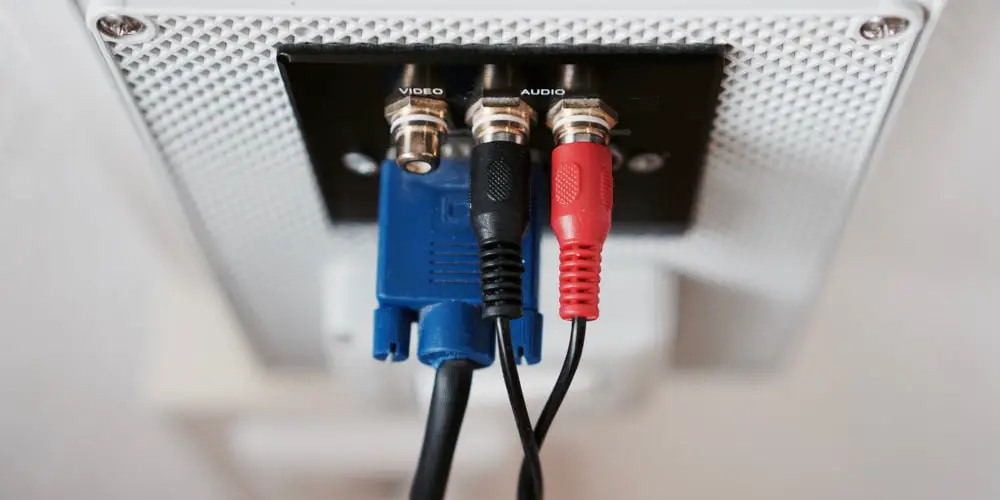
When building your first home cinema room, you’ll quickly end up with a pile of cables and accessories. Thankfully, you only need a few types of AV cables to connect all of your equipment together.
Unless you’re an AV nerd like us, you might be slightly clueless when picking the ideal cable. You might need a phono cable, HDMI cable, or Cat5 cable? And knowing you can buy an HDMI to mini-HDMI cable might give you a headache!
Don’t worry. We’ll cover the popular types of AV cables you need to wire your gear together. The good news is it’s not as complex as you might first think. So, come with us as we explore the most common home cinema cables you’ll need to get the show on the road.
SCART cable
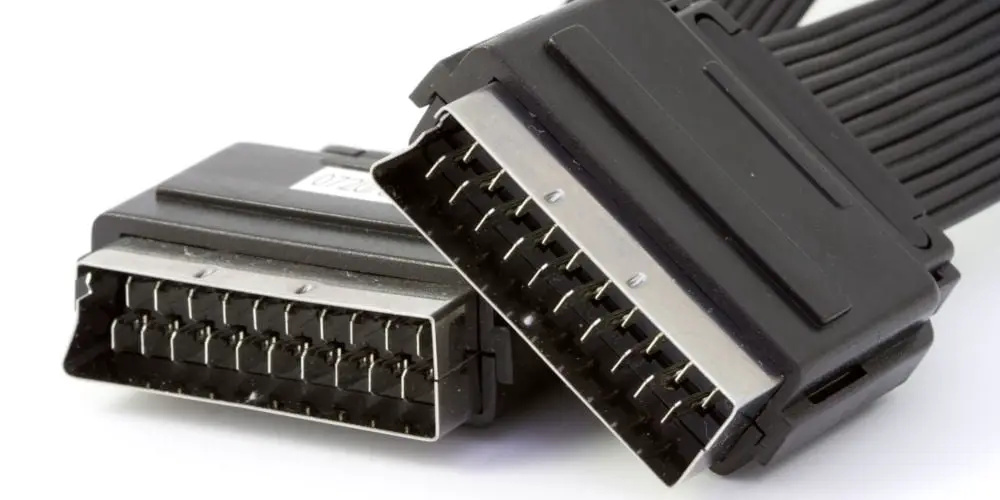
While not used much any more, the humble SCART connector was once the most used option. They carried both audio and video signals. Years ago, you’d find them on VHS players, early DVD players and set-up boxes. You’d need a SCART cable to connect the device to the TV.
That said, eBay has a ton of new SCART cables available for sale. So it appears that many people are still using this type of connector!
HDMI cable
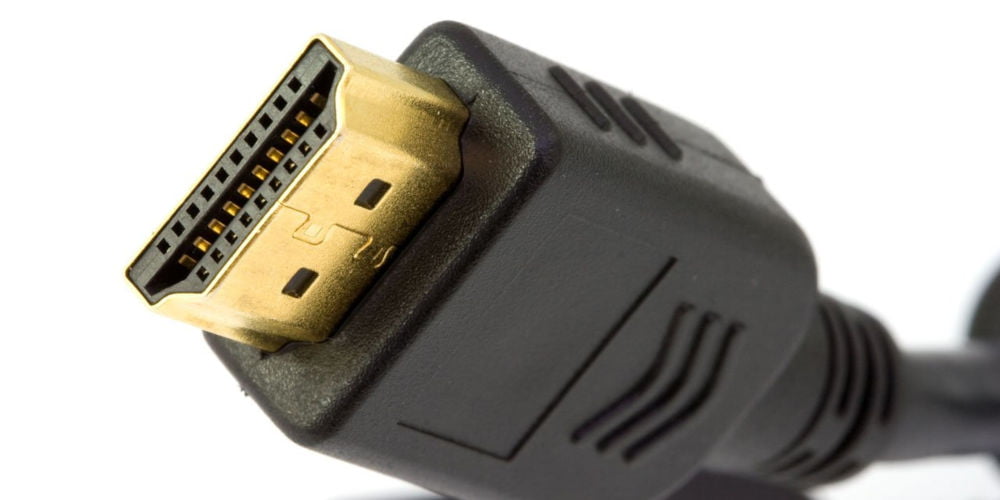
By 2002, the HDMI (High-Definition Multimedia Interface) connector replaced the SCART and was the invention of Hitachi, Panasonic, Philips, Silicon Image, Sony, Thomson, and Toshiba. HDMI transmits high-definition audio and video between devices.
The most common use of an HDMI cable is connecting a Blu-ray player and a TV. You’ll also need an HDMI cable for most set-up boxes, streaming sticks (such as Amazon Fire TV and Google Chromecast), and to connect devices to your AV receiver.
A few versions of HDMI cable are available, including 4K and 8k HDMI cables. These future-proof cables are worth the extra cash. As one of the most used types of AV cables, you’ll want a few spare HDMI cables lying around.
Optical cable
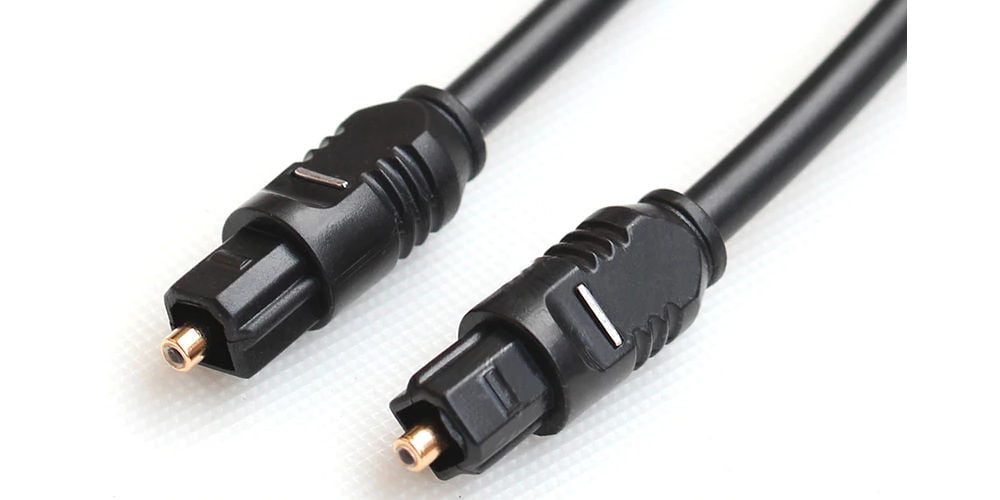
If you have a soundbar or external speakers, you’ll probably use an optical cable to connect it to your TV as they only carry digital audio signals. Unlike most cables, when powered, an optical cable transmits red light.
If you can’t use an HDMI cable to transmit audio, you’ll need an optical cable. So, it’s worth having a few spares in your draw.
RCA cable
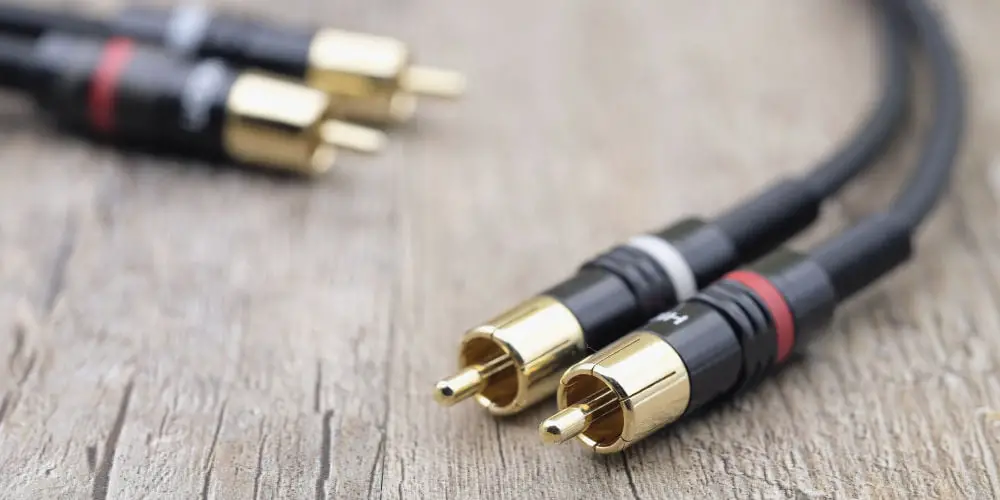
Often called phonos, there are a few different types of RCA cables. The most common has two phono connectors at each end. One is white, and the other is red. The typical use of a dual RCA cable is to transmit audio.
For example, if you have an old turntable or cassette player, it likely has two phonos for audio output. You’d use a stereo RCA cable between the device and an amplifier.
The other most common RCA cable has 3 connectors. As before, we have a stereo pair for audio (white and red) and a yellow for composite video. Years ago, using a cable with a SCART connector at one end and 3 phonos at the end was very common.
Some gaming consoles still use 3 RCA connector cables. So, when considering the different types of AV cables, RCA connectors are still a popular option.
VGA cable
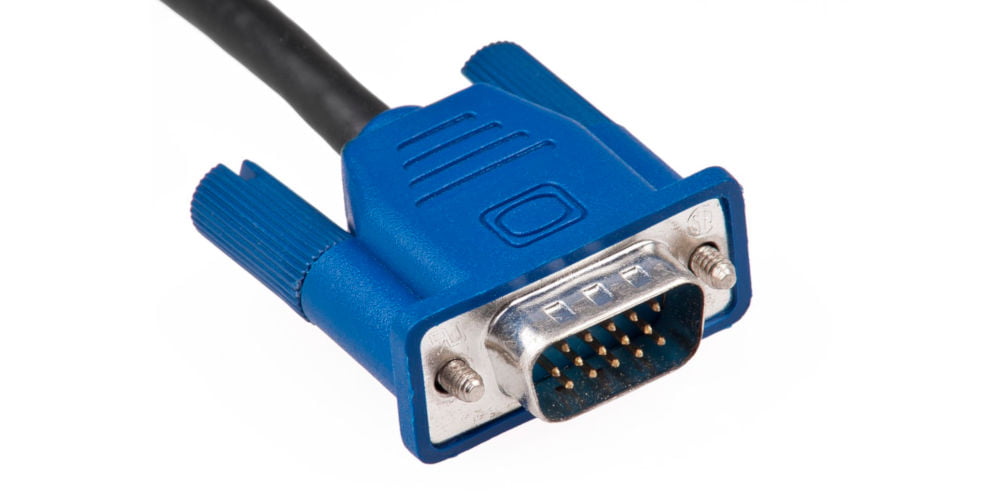
Typically used to connect a computer to a projector, a Video Graphics Array (VGA) cable uses a three-row 15-pin DE-15 connector. While many devices still include VGA connectors, they usually also have an HDMI port.
Category 5 cable
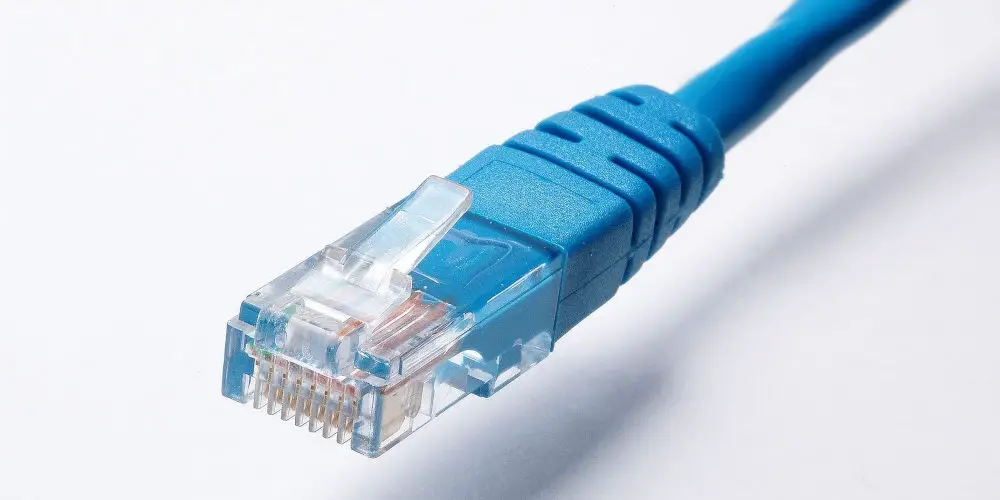
Even if you don’t know what they are called, you’ll probably have a few Category 5 (Cat 5) cables at home. They are the spare cable that always comes with a new Wi-Fi router. Yes, that one! Cat 5 cables transmit computer data.
Since 2001, Category 5e (Cat 5e) is the most common specification. You can connect your Blu-ray Player, Projector and laptop to the internet using a Cat5 cable. Your device will probably have an Ethernet port even if it doesn’t have built-in Wi-Fi.
3.5mm Mini-jack
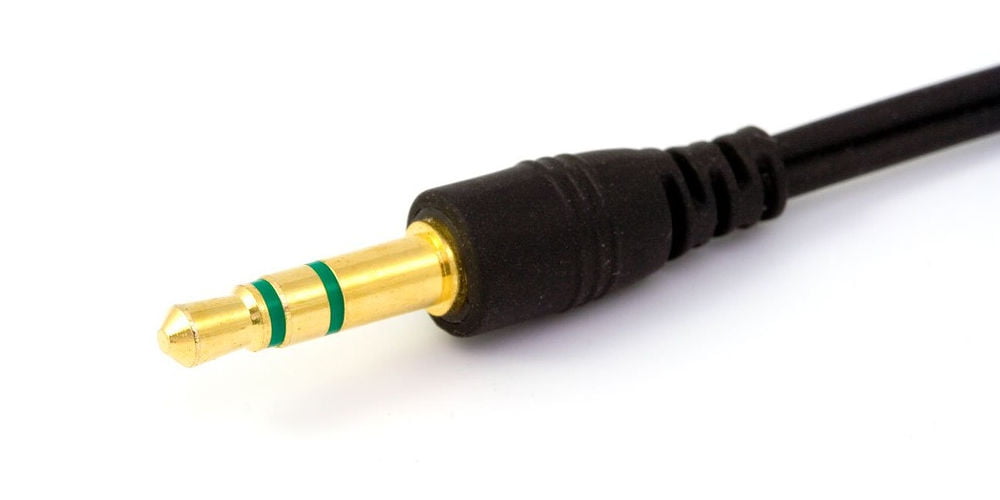
Usually found on headphones, the mini-jack connector dates back to the beginning of audio! You might use a mini-jack cable to connect a TV or mp3 player to a soundbar. It’s also fairly common to find AV cables with stereo RCA at one end and a mini-jack at the other.
6.35mm (1/4 inch) Instrument jack
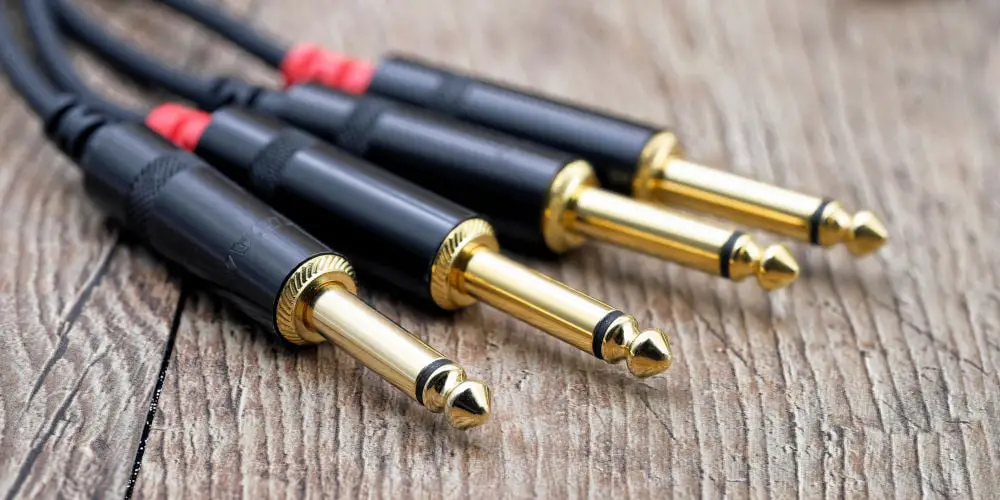
As the bigger brother of the 3.5mm mini-jack, if you play musical instruments (such as electric guitar or keyboards), you’ll use a 1/4 inch jack-to-jack cable. In terms of the types of AV cables we need in a home cinema, you might use a jack-to-jack cable to connect speakers, sub-woofer and headphones.
XLR cable
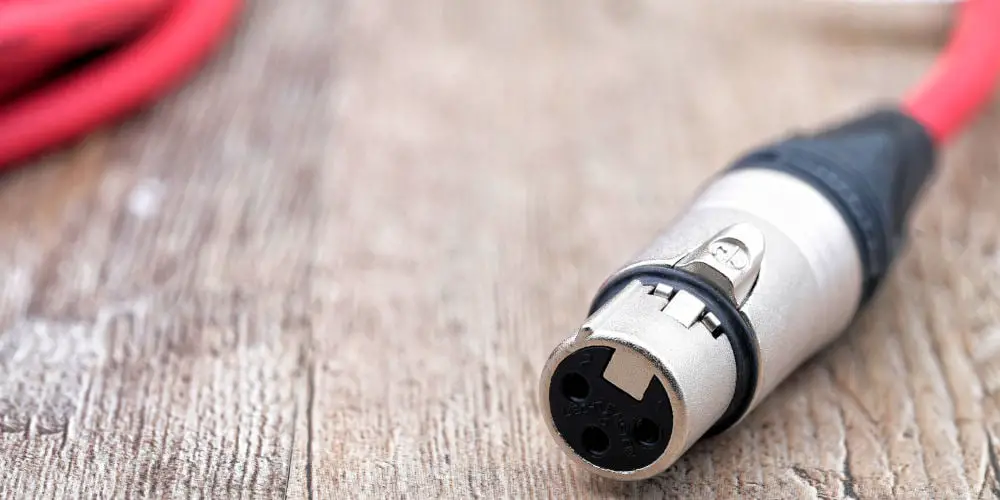
Primarily used for professional audio, XLR cables are balanced and can carry audio over a long length without losing any signal. A lot of subwoofers and some powered speakers have an XLR input. You might use an XLR to XLR cable or a 1/4 Jack to XLR cable.
Coaxial
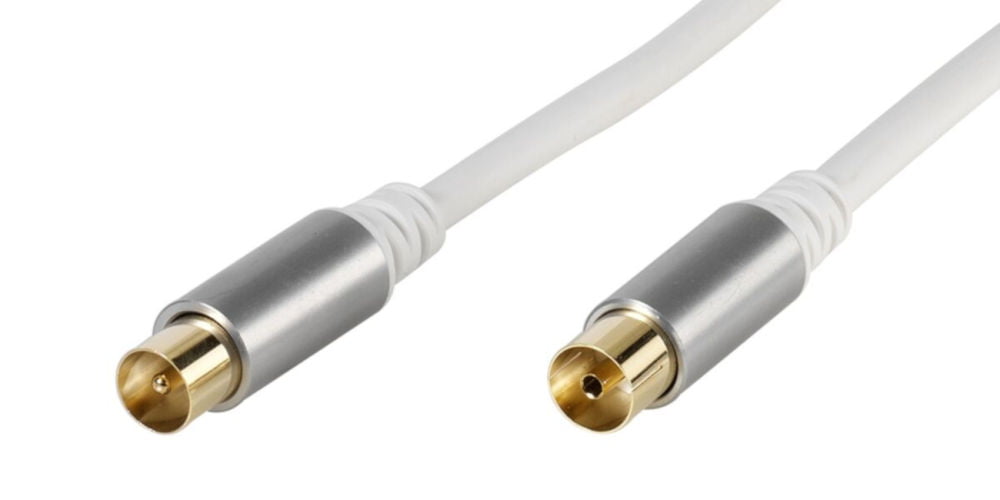
Used to carry high-frequency electrical signals with low losses, you’d use a coaxial cable to connect a set-up box to a dish or external source or a radio receiver to an antenna.
Speaker cable
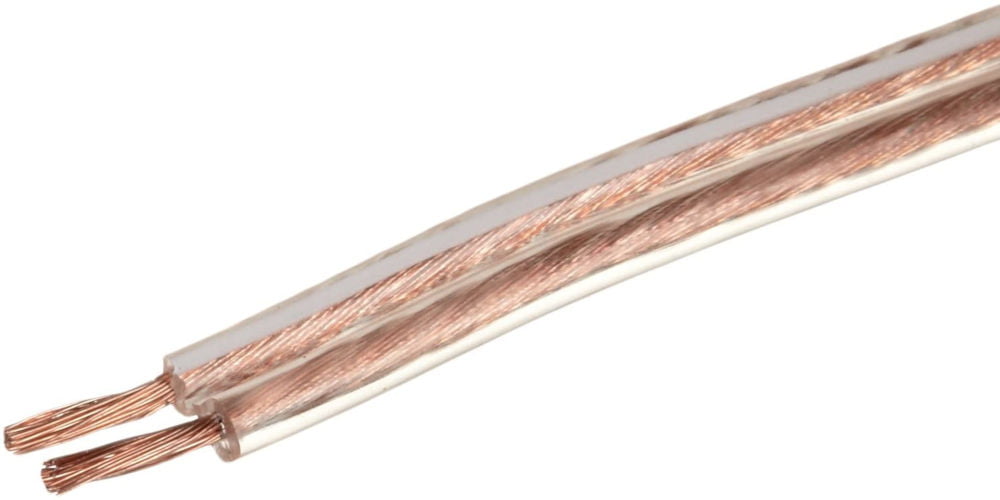
Speaker cables are a pair of bare wires. Typically, they connect an amplifier or powered AV receiver and a speaker. To use them, unscrew the connector, feed the speaker wire into the hole and tighten the connector.
Some prefer to use banana plugs to make the connection easier to make. It’s best to only buy oxygen-free (OFC) speaker cable as these types of wire are more resistant to shorts, more durable and long-lasting.
Invest in high-quality speaker cables, you can thank us later!
USB cable
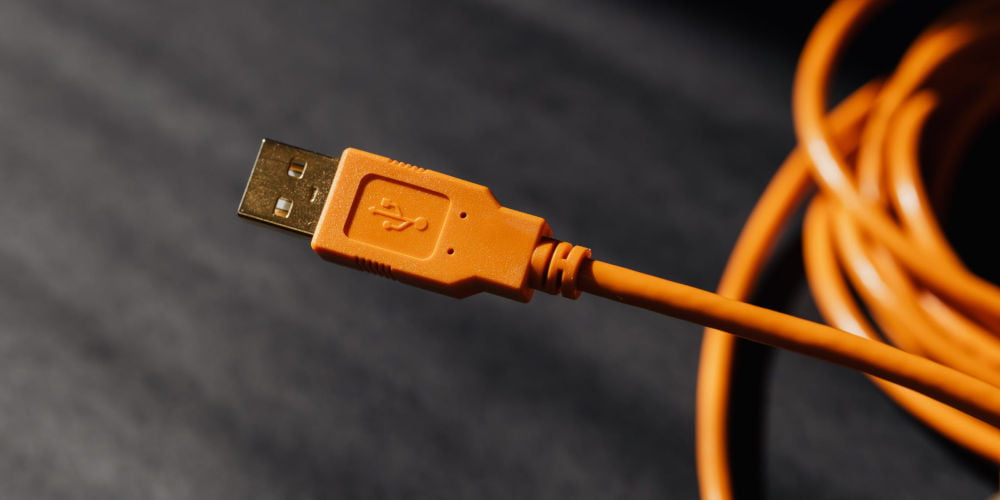
You’ve likely seen various USB cables in your life. They carry both power and data. Most streaming sticks use an HDMI cable to transfer data and a USB cable for power.
Another typical use is connecting a smartphone or tablet to a TV using a UBS cable. You can broadcast from the smart device to the larger screen without Wi-Fi or using Bluetooth.
Power cables
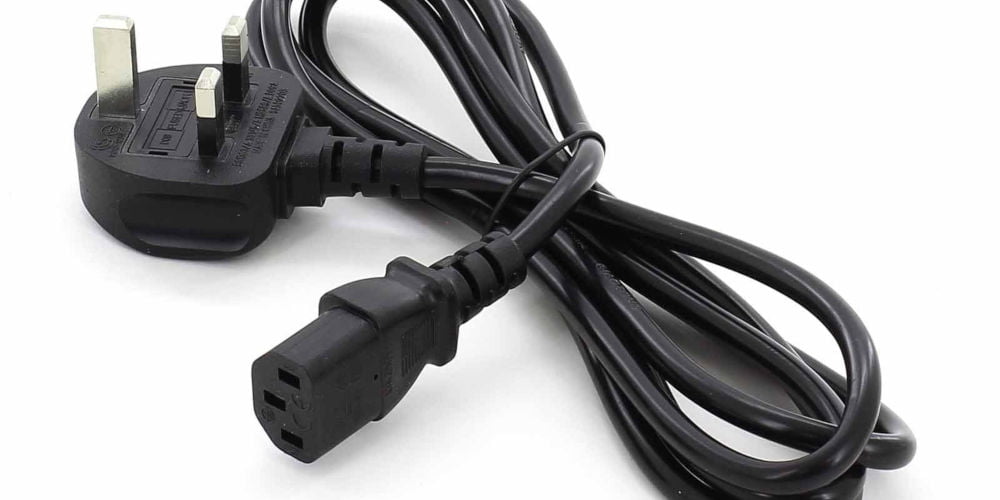
You won’t get far without power! If your device doesn’t have a built-in power cable, it will typically have an IEC port. The most common power cable has an IEC connector at one end and a 3-pin UK plug at the other. Many call these the computer cable.
Should I use gold-plated cables?
Most cables that come with a device aren’t good. They typically use moulded connectors and poor copper cables that can easily break. So you’ll want to upgrade all but your power cables.
It’s worth spending the extra and upgrading to gold-plated versions for your AV cables where possible. They are better quality, more durable, conduct better and offer greater shielding. All of which ensures longevity.
All of these properties result in a stronger signal and less noise. Also, gold-plated ends don’t have the oxidation that may occur in regular cables.
Does cable length matter?
Contrary to popular opinion, where home cinema cables are concerned, length does matter! Ideally, you want to keep cables as short as possible to ensure maximum fidelity and low noise.
Thankfully, you can buy most cables in various lengths, including 1, 3, 5 and 10 metres. You typically buy speaker cable by the metre.
Most common types of AV cables
In your home cinema room, you’ll need several different types of AV cables. You’ll likely use a few HDMI cables to connect various media players to an AV receiver and another HDMI cable from the AV receiver to the display (TV or projector).
You will also use speaker cables between the AV receiver and each speaker. With a powered subwoofer, you’ll use an RCA cable from the AV receiver to the unit.
If you plan on using a turntable, check if you need a preamp or if you can connect directly to your AV receiver. With either option, you’ll need a stereo RCA cable. You probably need an RCA cable with 3 connectors (video and stereo audio) for older gaming consoles.
Now you better understand the different types of AV cables available. So you’ll understand what AV cables you need when looking online or in a shop.




